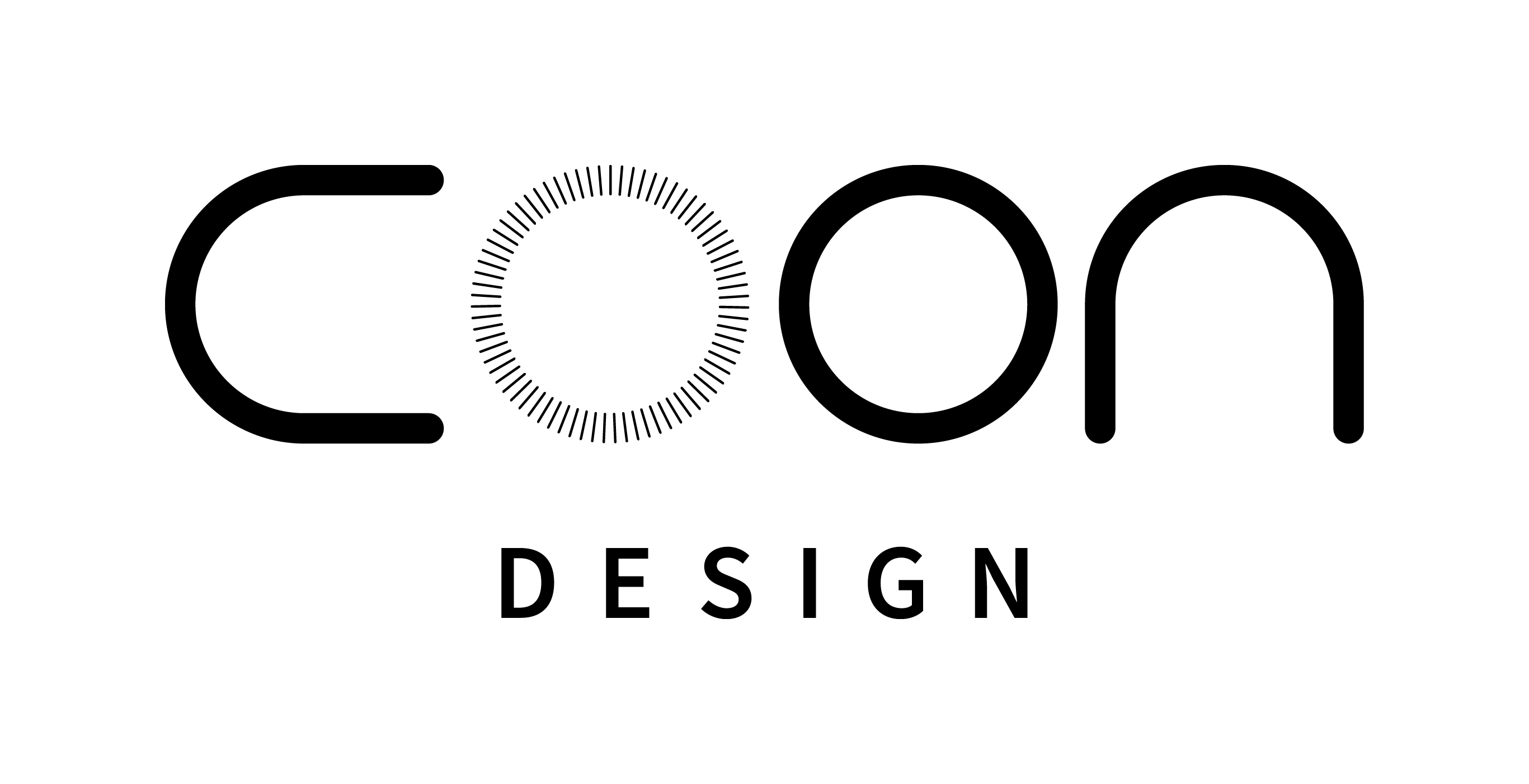Just what is an article? An essay is, generally speaking, a composed piece jitter click test that present the writer’s argument, but often the definition is so broad that it encompasses any medium, from a paper to a publication, a newspaper article to an article, and even a brief story. Essays are traditionally been categorized as creative and formal. In recent decades, nevertheless, essays have come to be known due to their vast array of purposes. A number of recent novels have tried to broaden the accepted definition of the article, to make it more relevant to several types of literature and to better serve students‘ utilization of the written word.
Some recent books have tried to specify an informative article on a more traditional level, by using a variety of unique approaches. By combining the notions of structuralism and the style of language that is dominant in today’s era, some authors have described the contemporary article as being nothing more than a set of text messages delivered to the reader by the writer. Textual analysis documents, as they’re occasionally called, utilize the structural components of writing, like organizing the fundamental elements of a sentence into a logical structure. The main argument of this essay, as they present it, is presented in an extremely organized way, drawing the reader into the text to inspect the overall meaning.
A more traditional approach to article writing has been invented by literary figures such as Edward Said. In his famous book Oriental Ambigiancehe explained the procedure for learning to write in precisely the exact same manner as one reads a story: that the writer creates an inner narrative, or“inner monologue“, which compels the text. The fundamental character of this piece is normally an individual person, usually of complexity comparable to that of an essay’s central argument. This person speaks off-the-top of her or his expertise and leaves the reader to fill in the details. A literary type of descriptive essay uses this same procedure, with the writer making a name for their character, producing the plot with the descriptive phrases of text.
The third common manner of essay writing is known as the personal story. Unlike the two previous styles, personal narratives can actually take the kind of an open letter. Rather than starting with an explanation regarding why the author feels compelled to compose an essay of this form, the first test click few sentences of the introduction provide sufficient information to allow the reader to envision how the writer may have formed the principal thought. The subsequent paragraphs paint a thorough picture of the events, while offering the decision and a decision to support the main point of this article.
The last kind of article I will talk about is the reflective essay. Similar to the other kinds of essays talked about in this article, these focus on enlarging the available range of the written word, using language in place of pictures, hints, and metaphors. Such essays are far more bits, and also the principal distinction between a reflective article along with also a story essay is that there is no need to describe what the writer thinks or feels about a given issue. The writer assesses their opinion together with the arguments of others. Though this manner of essay requires a greater degree of literary finesse compared to many of the different styles of writing, it can also offer a unique perspective on a given topic.
Ultimately, among the most commonly used forms of essay writing is the thesis statement. The thesis announcement represents the central intention of the essay, which is to uncover the most persuasive argument for the title topic. As its name implies , this is an announcement from the author that supports a given promise. Unlike the majority of the other forms of experiments, the thesis statement requires that the author provide direct, definitive evidence of his or her claim. Though many pupils use the thesis statement to prove their principal purpose, it can also be used to support many different statements, like the evidence supporting the conclusion the writer reaches (or is convinced by) his or her main purpose.
